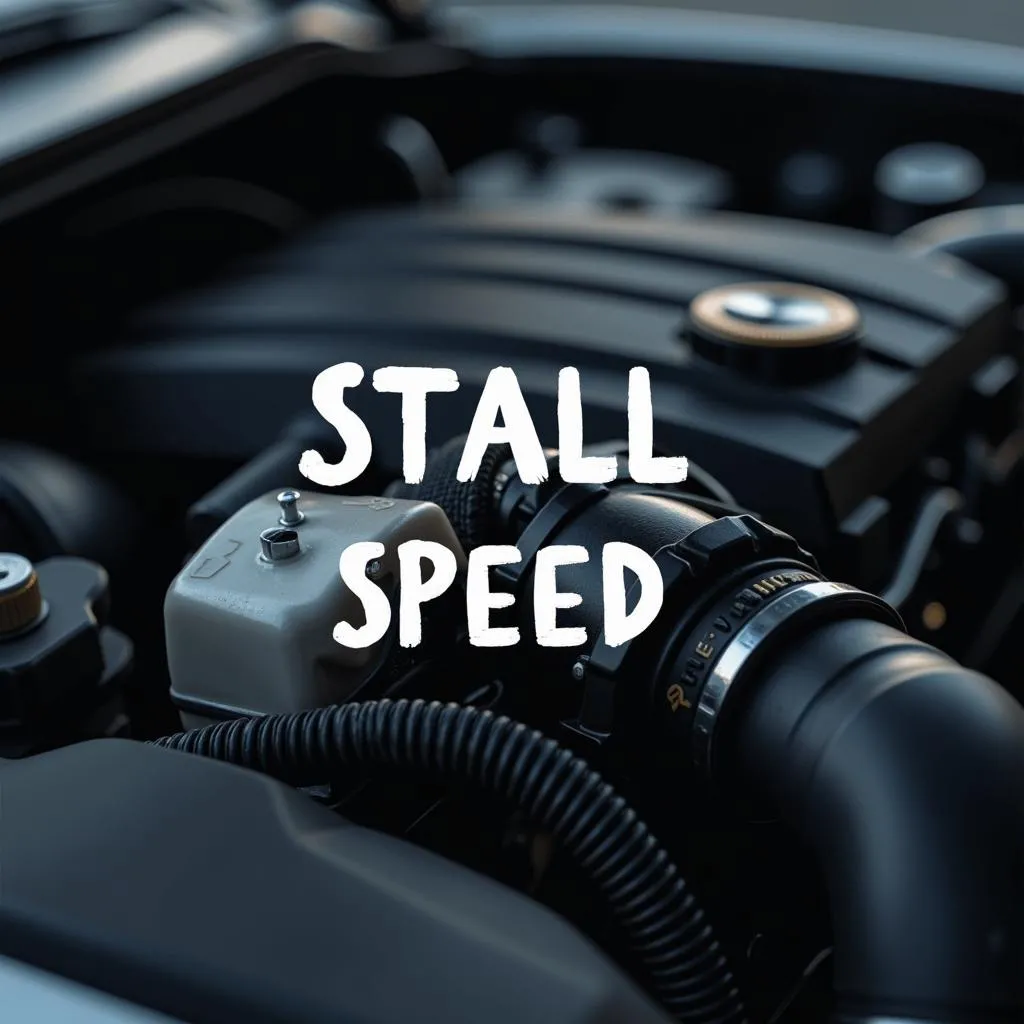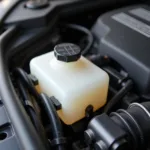Anyone who has ever seen an airplane take off or land knows the impressive sight when the machine seems to lift off weightlessly or touch down gently. This involves a complex interplay of aerodynamics and, of course, the aircraft’s propulsion. A crucial factor here is the so-called Stall Speed. But what does this have to do with cars, you might ask? Well, even if your vehicle isn’t meant to take off, the concept of stall speed, or rather its equivalent in the automotive sector, plays an important role.
What Does Stall Speed Mean for Your Vehicle?
Essentially, in an airplane, stall speed describes the minimum speed that must be reached for the wings to generate enough lift to support the aircraft’s weight. If the speed drops below this critical value, airflow separates from the wing (a stall occurs), the aircraft loses lift, and can crash. Fortunately, the situation isn’t quite as dramatic for vehicles. Nevertheless, there is a comparable phenomenon here, particularly relevant for certain engine types.
 Diagram illustrating engine stall speed
Diagram illustrating engine stall speed
Stall Speed in Internal Combustion Engines
Unlike airplanes, whose stall speed is directly related to aerodynamics, the term in vehicles usually refers to the minimum engine speed (RPM) at which the engine still runs smoothly without “stuttering” or dying. If the engine speed drops below this value, for example, due to an idle speed that is too low or by abruptly shifting into too high a gear, the engine can stall out. This is because at very low speeds, insufficient air and fuel enter the combustion chambers to ensure clean combustion.
Imagine you’re starting your car at a traffic light. You don’t give enough gas and release the clutch too quickly. What happens? The engine stalls. This is exactly an example of a situation where the engine speed has fallen below its “stall speed”.
Why Understanding Stall Speed is Important
While a stalled engine is normally not a life-threatening situation, it can lead to dangerous situations, for example, when starting on a hill or during overtaking. Therefore, it’s important to develop a feel for your vehicle’s “stall speed” and know how to prevent the engine from stalling.
 Auto mechanic inspecting a car engine
Auto mechanic inspecting a car engine
Tips for Avoiding Engine Stalls
- Proper Starting: When starting with a manual transmission, it’s important to release the clutch slowly and smoothly while giving enough gas.
- Careful Shifting: Avoid shifting into a higher gear at too low an engine speed.
- Regular Maintenance: Regular engine maintenance, especially checking and adjusting the idle speed, can help prevent the engine from stalling.
Conclusion: Keeping Stall Speed in Mind
Although “stall speed” in the automotive sector doesn’t have the same significance as in aviation, it’s still an important concept that every driver should be aware of. By understanding how your engine works and following the tips above, you can avoid engine stalls and ensure a safe and pleasant drive.
Do you have more questions about engine technology or need help with your vehicle maintenance? You can find numerous information and helpful resources at autorepairaid.com. Feel free to contact us; our experts are ready to assist you.
